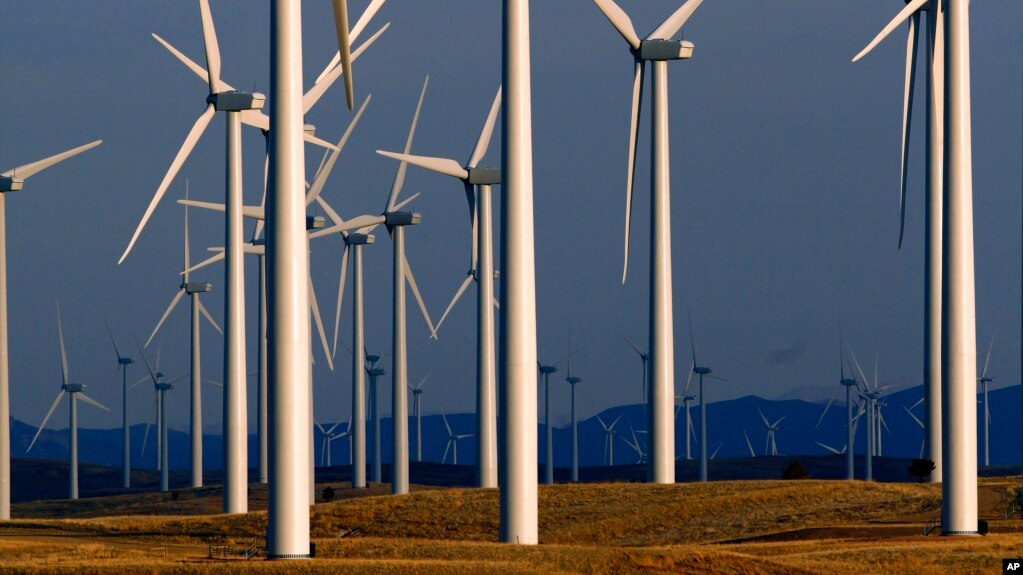Hydro bills would jump 46 per cent over five years
So, this is a Canadian report what does it have to do with us? It is but an example of what the results of this stupid rush towards renewable energy is going to do to us.
Read more @ Report Confirms Renewable Energy Costs Soar
Liberal government's 2010 fall economic update:
By News on the Net (Bio and Archives) Friday, April 19, 2013
So, this is a Canadian report what does it have to do with us? It is but an example of what the results of this stupid rush towards renewable energy is going to do to us.
NORTH BAY A recent study done for the Independent Electricity System Operator (IESO) confirms huge costs from heavily-subsidized renewable energy are being added to Ontario hydro bills.
It suggests renewable energy makes up 17 per cent of the Global Adjustment charge (Toronto Star, April 19, 2013.)
Read more @ Report Confirms Renewable Energy Costs Soar





